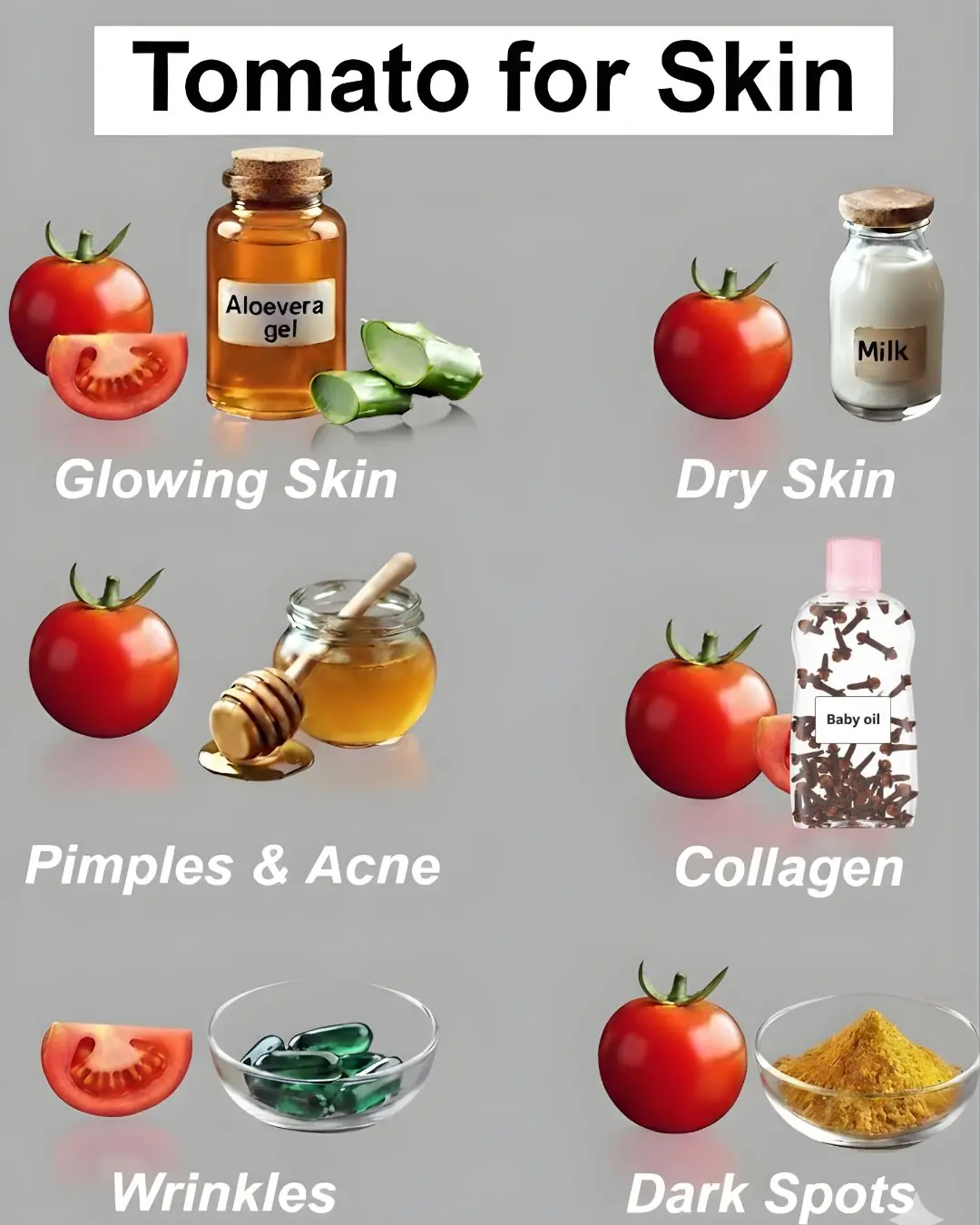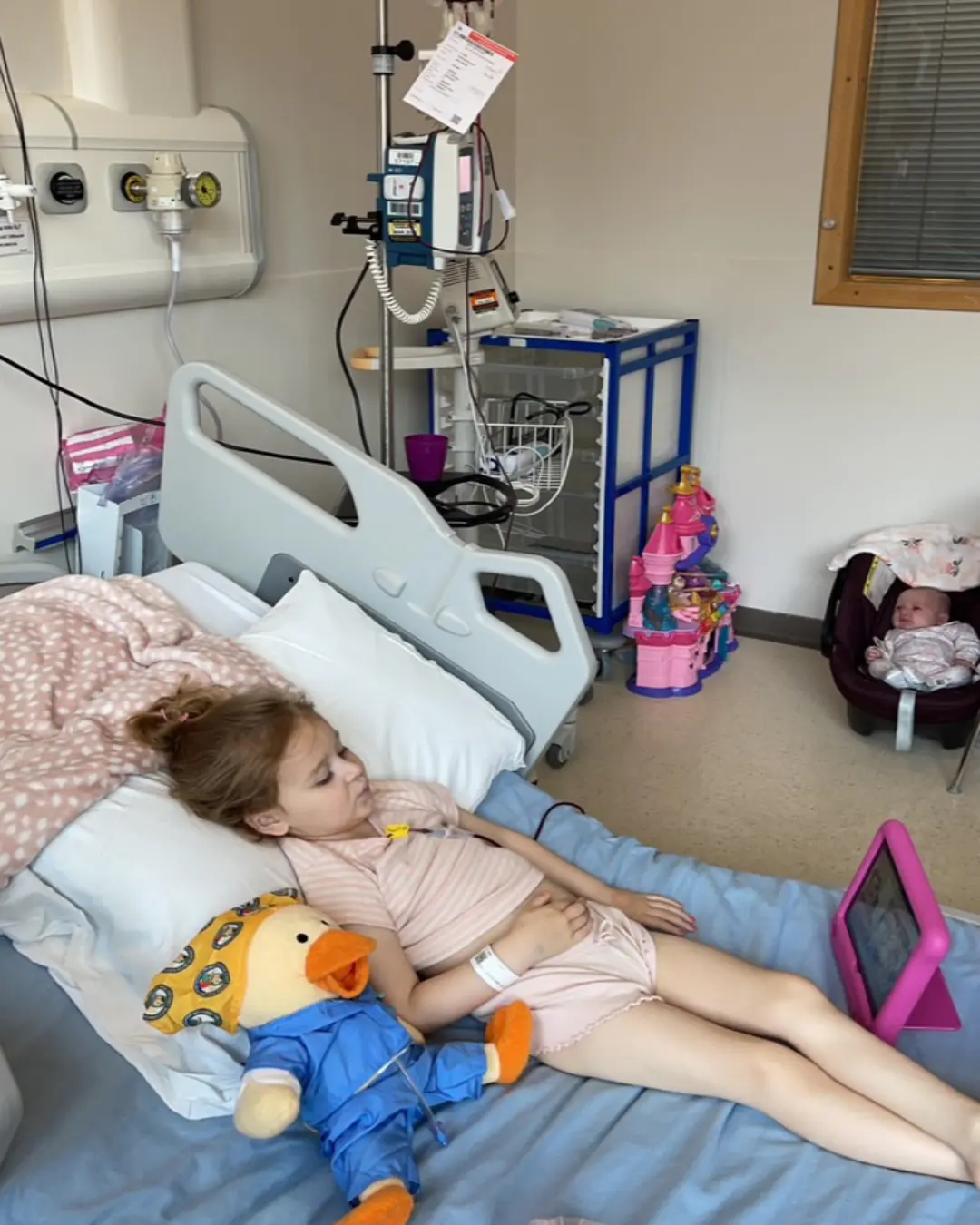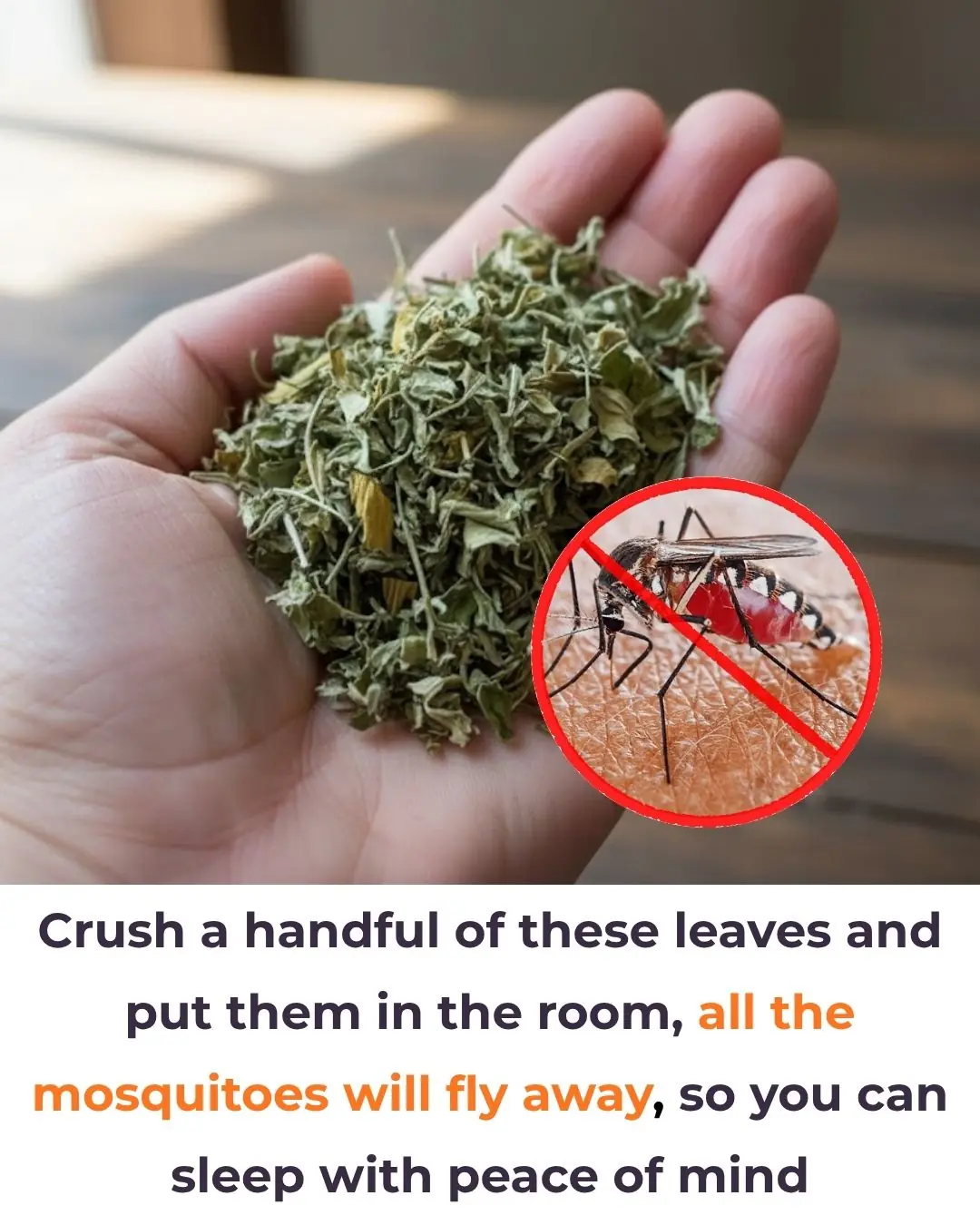
Be Very Careful: If You Notice This Growth on Your Skin, It Could Be Something Serious
Moles are clusters of pigmented skin cells that are usually harmless—especially when they stay stable, symmetrical, and consistent in color. Many people have dozens of moles across their body, and for the most part, they’re nothing to worry about.
But what happens when a mole starts to change? If a spot on your skin begins to shift in shape, size, or color—or worse, starts itching, bleeding, or developing a crust—it could be more than a cosmetic issue. These changes may be warning signs of melanoma, the most serious form of skin cancer, or another type of skin malignancy.
Understanding what to look for—and knowing when to act—can make all the difference. Early detection is critical for effective treatment and better long-term outcomes.
How to Spot a Suspicious Mole: The ABCDE Rule
Dermatologists use a simple but powerful method to help patients recognize potentially cancerous moles. It’s called the ABCDE Rule, and it can be a lifesaver—literally.
-
A — Asymmetry
One half of the mole looks different from the other. A normal mole is typically symmetrical. -
B — Border
The edges are irregular, blurry, jagged, or notched, instead of smooth and well-defined. -
C — Color
Healthy moles are usually one consistent color. If a mole has multiple colors—brown, black, red, white, or even blue—it’s worth getting checked. -
D — Diameter
A mole larger than 6 millimeters (about the size of a pencil eraser) should raise concern, although melanoma can be smaller. -
E — Evolving
Any mole that changes in size, shape, color, or texture over time—or starts to itch, bleed, or crust—is a red flag.
Pro Tip: You don’t have to wait until a mole meets all five criteria. Even one abnormal sign is enough reason to consult a dermatologist.
More Than Moles: Other Skin Growths to Be Aware Of
While changing moles get most of the attention, there are other skin abnormalities that deserve scrutiny. Some are harmless, while others have the potential to become cancerous.
⚠️ Actinic Keratoses
-
What to Look For: Rough, dry, or scaly patches that don’t go away.
-
Why It Matters: These often appear on sun-exposed skin and can progress into squamous cell carcinoma if untreated.
⚠️ Basal Cell Carcinomas
-
What to Look For: Shiny, pearly, or waxy bumps—often mistaken for pimples or acne that won’t heal.
-
Where They Appear: Common on the face, neck, and arms.
⚠️ Squamous Cell Carcinomas
-
What to Look For: Firm, reddish nodules or flat, scaly lesions that may crust or bleed.
-
Risk Level: Can spread if not treated early.
✅ Seborrheic Keratoses
-
What to Look For: Brown or black growths that look “pasted on” the skin.
-
Good News: These are non-cancerous, though they can resemble dangerous lesions and sometimes cause concern.
Red Flags That Should Never Be Ignored

If you notice any of the following, don’t wait—book an appointment with a skin specialist immediately:
-
A new growth that appears suddenly and grows rapidly.
-
Persistent itching, pain, or bleeding in or around a mole.
-
Discoloration or pigmentation that spreads beyond the mole’s borders.
-
An open sore that won’t heal after several weeks.
Even if the spot seems small or painless, trust your instincts—skin cancer doesn’t always “look” scary at first.
What to Do If You Spot Something Suspicious
🔎 Self-Check Monthly
Use a mirror or ask a partner to help you examine your entire body—including your back, scalp, and soles of your feet. Look for anything new, changing, or unusual.
👨⚕️ Visit a Dermatologist
If you’re unsure or concerned, don’t wait it out. A doctor can assess the growth and may perform a biopsy to determine if it’s benign or cancerous.
🧴 Protect Your Skin Every Day
Use broad-spectrum sunscreen with at least SPF 30—even on cloudy days. Reapply every 2 hours when outdoors, and wear hats or long sleeves during extended sun exposure.
Bonus Tip: Sunscreen isn’t just for summer—UV rays can affect your skin year-round.
Real-Life Example: Sarah’s Story
Sarah, a 42-year-old elementary school teacher, had a small mole on her upper arm for years. Over time, it began to change shape and darken, but she dismissed it as “just aging.”
It wasn’t until the mole started itching and developing an uneven edge that she went in for a skin check. The result? Melanoma—caught just in time.
“I was lucky,” Sarah says. “If I had waited even a few more months, it might have spread. Now I tell everyone: get your skin checked. It’s not worth the risk.”
Today, Sarah advocates for early detection and shares her story with her community, encouraging others not to ignore the warning signs.
Smart Skin Protection Tips
Keeping your skin healthy and protected is one of the best investments you can make. Here’s how to reduce your risk:
-
Know Your Family History: Genetics can play a role in your skin cancer risk. Share this info with your doctor.
-
Avoid Peak Sun Hours: UV radiation is strongest between 10 AM and 4 PM. Try to stay in the shade or indoors during those hours.
-
Use Daily Sunscreen: Choose SPF 30 or higher, and make it part of your morning routine—even if you’re not going outside for long.
-
Avoid Tanning Beds: They may give a quick tan, but they also increase your risk of melanoma by up to 75%.
-
Schedule Annual Skin Checks: Especially if you have fair skin, a history of sunburns, or many moles.
Conclusion: Don’t Guess—Check

Most skin growths are harmless, but the few that aren’t can be life-threatening if ignored. Staying alert and proactive not only protects your health but could save your life.
If something on your skin seems “off,” don’t delay. Get it looked at. Early detection leads to early treatment—and much better outcomes.
So the next time you notice a mole acting strangely or a new spot that doesn’t seem quite right, remember:
It’s better to be cautious now than regretful later.
Stay informed, stay vigilant—and keep taking care of the skin you’re in.
Disclaimer: This article is for informational purposes only and does not substitute professional medical advice. Always consult with a healthcare provider for personal diagnosis and treatment.
News in the same category


Hidden Dangers on Your Plate: 4 “Clean” Foods That Can Secretly Harm Your Health

4 Unusual Signs in Your Neck That Could Be Symptoms of Cancer — Don’t Ignore Them

6 Warning Signs in Your Legs That Could Indicate a Serious Disease — Don’t Ignore Them

3 Nighttime Signs That May Indicate Cancer

Heal Your Thyroid Naturally in Just 3 Days!

Side Effects and Dietary Recommendations Post Gallbladder Surgery

Why Do We Stick One Leg Out of the Covers at Night

Garlic and Rosemary: A Natural Remedy for Joint Pain in Knees, Hips, and Hands

1 Powerful Mineral to Stop Sciatica & Relieve Nerve Pain

Top 10 Foods to Improve Circulation in Legs and Feet

6 Warning Signs of a Clogged Artery Most People Ignore (Cardiologist Alert)

🦵 If You Suffer from Poor Circulation and Your Legs Feel Heavy, Swollen, or Cold — Here’s What Can Help

Should You Sleep With Socks On

Discover The Power of This Miracle Fruit

Don’t go to sleep without taking this — 1 cup before bed clears excess sugar

The Real Reason To Drink Lemon Water Revealed

If you have high blood pressure, NEVER do this in the morning

This Is What Happens to Your Body 10 Hours After Putting on Nail Polish
News Post

A Hug That Heals: Rescuing a Traumatized Child

Compassion on the Menu: Argentinian Restaurant Gives Stray Dogs a Place to Belong

Stranded on the Highway — and Then 9 Strangers Changed Everything.

A Long Push, A Quiet Kindness.

Top 3 Natural Remedies for Tooth Decay Using Guava Leaves

Life Skills in Action: How a 14-Year-Old Saved the Day on a Family Road Trip

The Gift of Life: How Blood Donations Save Children Fighting Cancer

The Secret to Perfectly Sweet and Fluffy Boiled Sweet Potatoes: Add Just One Spoon of This!

Surviving the ICU: Carter’s Story of Strength and Grace

A Night to Remember: 19-Year-Old Austin Takes His 89-Year-Old Great-Grandma to Prom

How to Store Fresh Ginger for Up to a Year — No Fridge Needed!

Our Oldest Rescue, Tiger, Crosses the Rainbow Bridge: A Legacy of Love and Hope

Halo’s Second Chance — A Promise of Forever

Why should you put your suitcase in the bathroom when checking into a hotel: Extremely important reason, those who don't know are at a disadvantage

The washing machine accumulates a lot of dirt and bacteria: Pour 1 bowl of this into the washing drum to clean like new, clothes smell fresh right away

Put the phone down on the table, why you should put the screen face down: Know the reason no one wants to do the opposite

Comfrey Fertilizer: The Secret Natural Booster Your Garden Needs

Crush a handful of these leaves and put them in the room, all the mosquitoes will fly away, so you can sleep with peace of mind

Don’t Just Put Shrimp Straight into the Fridge! Do This Extra Step and Keep Shrimp Fresh and Delicious for Up to a Month Without Losing Flavor
